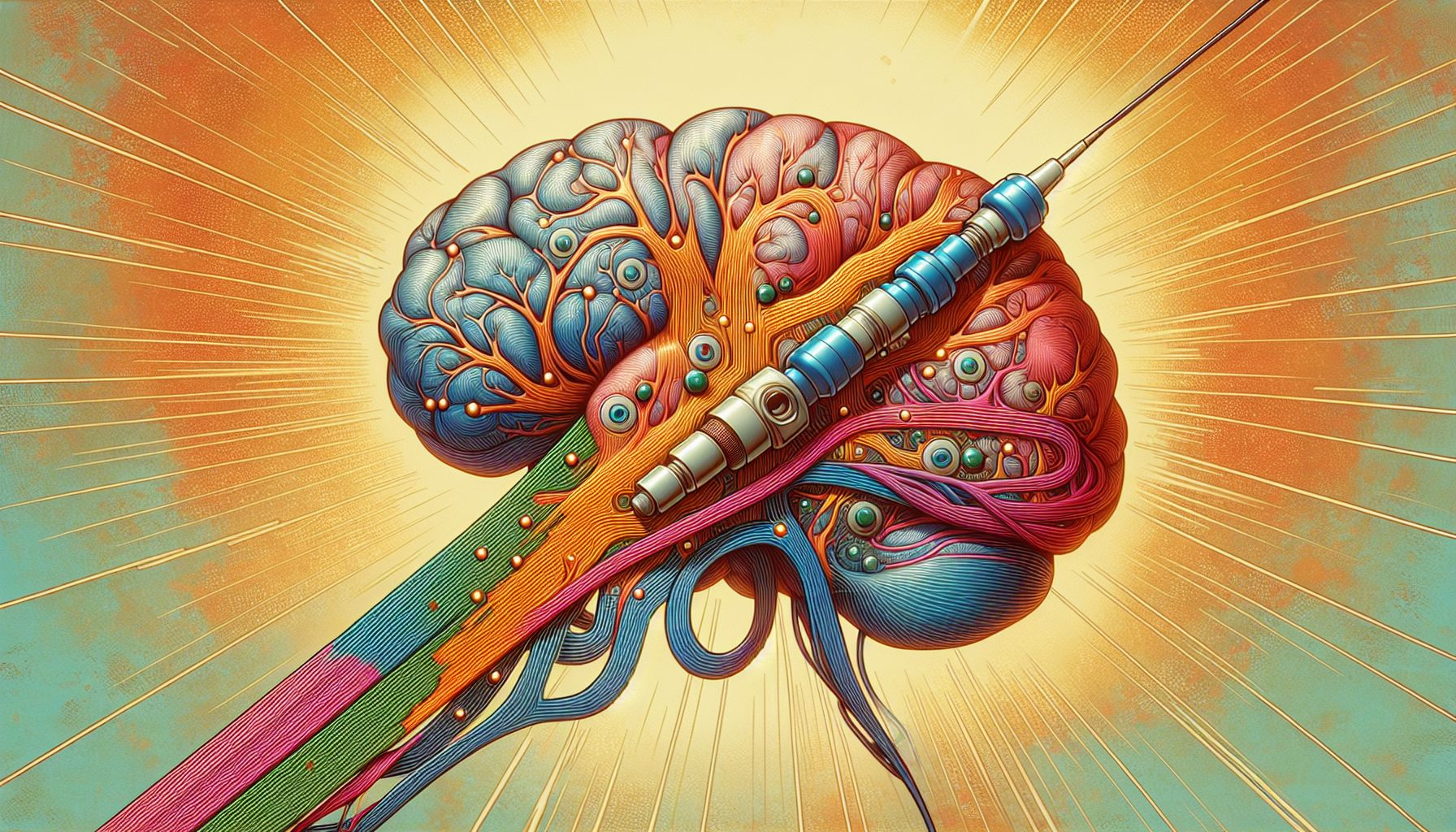KAIST Unveils Flexible Micro OLED Probe for Brain Disease Treatment

Daejeon, Sunday, 6 July 2025.
KAIST’s newly developed neural probe includes micro OLED technology, enhancing optogenetics by enabling precise neuron control. This innovation could revolutionize treatments for epilepsy and Parkinson’s.
A Paradigm Shift in Biomedical Engineering
The innovative neural probe developed by KAIST, led by Professors Kyung-Chul Choi and Hyun-Joo Lee, integrates micro OLED technology to facilitate unprecedented precision in optogenetic applications. This technology allows researchers to control neuron activity through precise light stimulation, thereby offering a less invasive and more effective way to treat complex brain disorders like epilepsy and Parkinson’s disease [1][2][3].
Technical Innovations and Design
The micro OLED probe features a high spatial resolution and flexibility, which enables it to target extremely small areas of neural tissue without causing significant discomfort or side effects. Made from Al2O3/parylene-C, the ultra-thin protective encapsulation layer enhances the probe’s reliability in wet biological environments, while ensuring biocompatibility during implantation [1][5].
Precision and Efficacy in Neuron Stimulation
Each probe is equipped with a pixel define layer that allows for the independent operation of eight micro OLEDs, substantially reducing electrical interference among pixels. This innovation grants researchers the ability to perform detailed analysis of neural circuits with enhanced accuracy, especially advantageous for studying complex brain functions [1][3].
Future Implications and Research Opportunities
The research outcomes have been published as the cover article in the July issue of ‘Advanced Functional Materials’. This milestone underscores the potential of micro OLED technology to redefine the standards in optogenetic therapy and sensory stimulation in biological tissues, setting the stage for further advancements in minimally invasive medical devices [3][5].